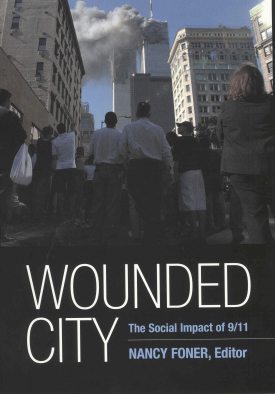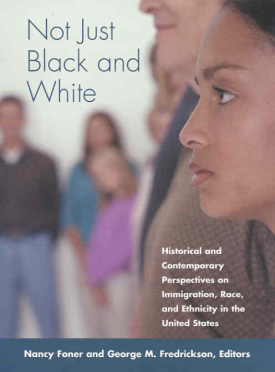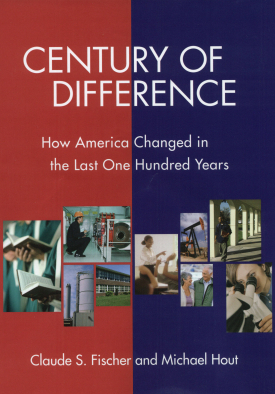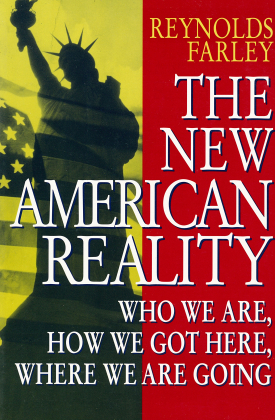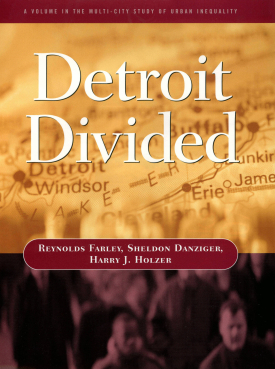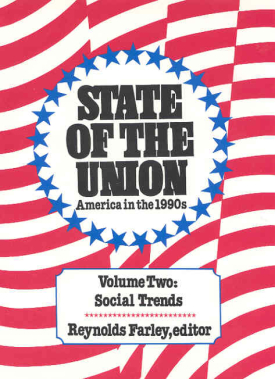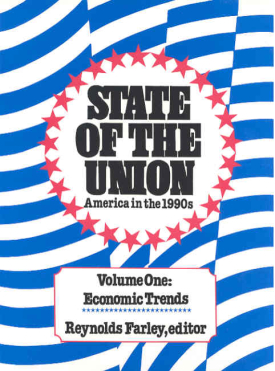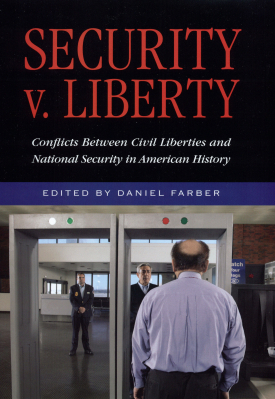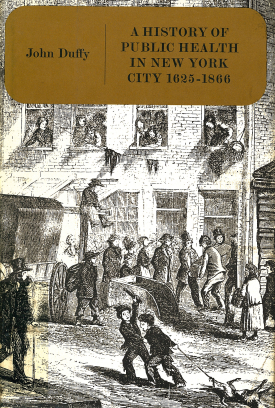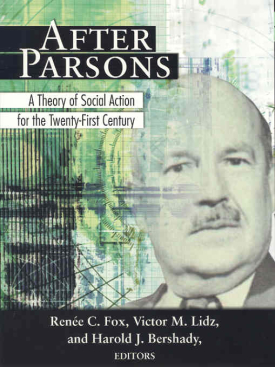
After Parsons
About This Book
Esteemed twentieth-century sociologist Talcott Parsons sought to develop a comprehensive and coherent scheme for sociology that could be applied to every society and historical epoch, and address every aspect of human social organization and culture. His theory of social action has exerted enormous influence across a wide range of social science disciplines. After Parsons, edited by Renée Fox, Victor Lidz, and Harold Bershady, provides a critical reexamination of Parsons' theory in light of historical changes in the world and advances in sociological thought since his death.
After Parsons is a fresh examination of Parsons' theoretical undertaking, its significance for social scientific thought, and its implications for present-day empirical research. The book is divided into four parts: Social Institutions and Social Processes; Societal Community and Modernization; Sociology and Culture; and the Human Condition. The chapters deal with Parsons' notions of societal community, societal evolution, and modernization and modernity. After Parsons addresses major themes of enduring relevance, including social differentiation and cultural diversity, social solidarity, universalism and particularism, and trust and affect in social life. The contributors explore these topics in a wide range of social institutions—family and kinship, economy, polity, the law, medicine, art, and religion—and within the context of contemporary developments such as globalization, the power of the United States as an "empireless empire," the emergence of forms of fundamentalism, the upsurge of racial, tribal, and ethnic conflicts, and the increasing occurence of deterministic and positivistic thought.
Rather than simply celebrating Parsons and his accomplishments, the contributors to After Parsons rethink and reformulate his ideas to place them on more solid foundations, extend their scope, and strengthen their empirical insights. After Parsons constitutes the work of a distinguished roster of American and European sociologists who find Parsons' theory of action a valuable resource for addressing contemporary issues in sociological theory. All of the essays in this volume take elements of Parsons' theory and critique, adapt, refine, or extend them to gain fresh purchase on problems that confront sociologists today.
RENÉE C. FOX is the Annenberg Professor Emerita of the Social Sciences and senior fellow at the Center for Bioethics at the University of Pennsylvania and research associate at Queen Elizabeth House at the University of Oxford.
VICTOR M. LIDZ, a sociologist, is assistant professor in the Department of Psychiatry at Drexel University College of Medicine.
HAROLD J. BERSHADY is professor emeritus of sociology at the University of Pennsylvania.
CONTRIBUTORS: Jeffrey C. Alexander, Robert N. Bellah, Harold J. Bershady, Charles Camic, Renée Fox, Uta Gerhardt, Mark Gould, Donald N. Levine, Victor M. Lidz, Giuseppe Sciortino, Neil J. Smelser, Helmut Staubmann, Jeremy Tanner, Edward A. Tiryakian, and Harald Wenzel

